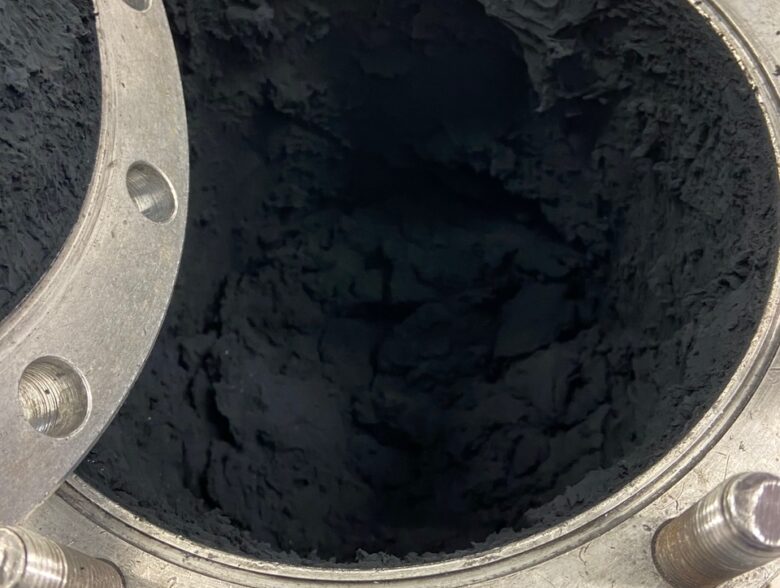HydroGraph Clean Power, a commercial manufacturer of high-quality nanomaterials, recently had its joint findings with the School of Sustainable Engineering and the Built Environment at Arizona State University published in the ACS Sustainable Chemistry and Engineering journal.
The findings validate the technical and commercial performance of HydroGraph’s pristine graphene, demonstrating its effectiveness in cement, with compressive strength improved by up to 70% in the early curing period and stabilizes after 28 days to a 15% increase, noted the manufacturer. Tests also showed a reduction in global warming potential of 10% to 15%.

“This study again confirms HydroGraph’s graphene’s positive effect on cement performance,” said Ranjith Divigalpitiya, HydroGraph’s chief science officer. “As our 99.8% pure graphene is manufactured with a sustainable repeatable process that has the lowest carbon footprint of all graphene producers, the net effect is better for the environment. As the global cement and concrete industry looks to lessen its carbon footprint, HydroGraph will be part of that solution.”
Along with the above-mentioned improvements, the joint testing also showed that just small amounts of HydroGraph’s fractal graphene aggregate (FGA-1) and reactive graphene (RGA-1) had a significant influence, reducing total porosity and critical pore size, beneficially impacting concrete durability. The yield stress of fresh suspensions containing only 0.04% of FGA-1 or RGA-1 more than doubled as compared to the control paste, ordinary portland cement paste. The small graphene dosage expands the range of application to include concrete 3D printing.
“This study shows that our graphene, which is manufactured through our scalable and cost-, energy- and CO2-efficient detonation synthesis, can be of a huge benefit to the engineering and environmental performance of concrete and cement,” said Professor Neithalath of ASU.



